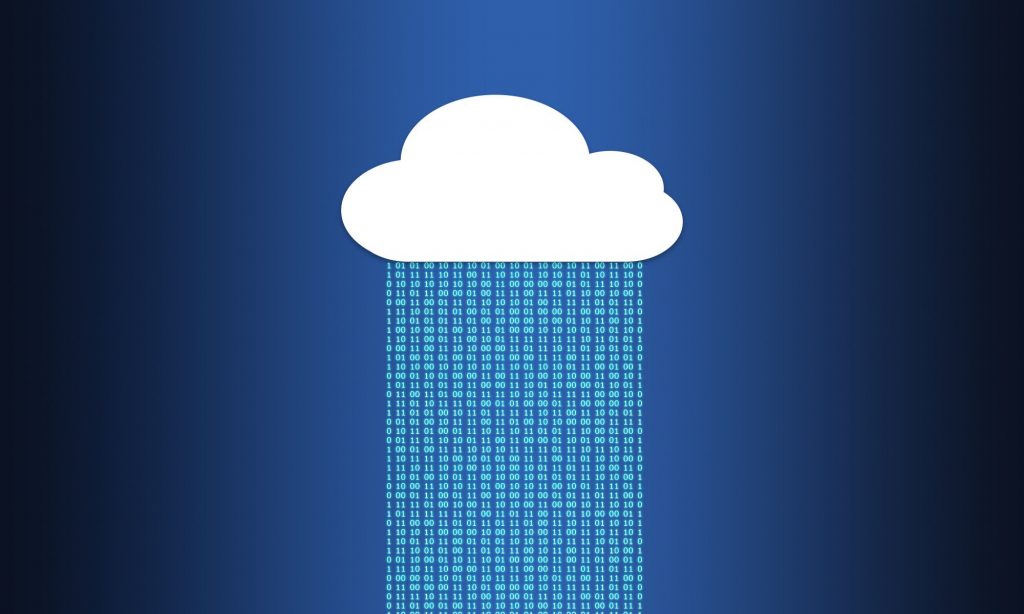Everything You Wanted to Know About Cloud Computing

Grid computing has many advantages over cluster computing. With Grid computing, you can run an application on one of the unused devices in the grid instead of doing it on the same intended device, which may not be available at the request time. Grid Computing efficiently utilizes disk storage. Instead of having idle space on the hard disk drive, grid computing uses them as a virtual storage device. Resource sharing significantly cuts on cost, thus keeping the levels of operating costs and capital to a minimum. Applications can be written in sub-groups and assigned to a processor independently, thus minimizing the time needed to do the entire job and resulting in high performance. However, Grid computing requires high internet access for efficiency, and the fact that users access the grids via the internet is a security concern as it makes the grid vulnerable. If the operation of one task depends on the outcome of another, then parallel processing can’t be done on the separate resources, and the application cannot make use of the high-performance computing advantage of grids.
Cloud Computing
Cloud computing is a form of computing that enables convenient, ubiquitous, and on-demand network permission to a configurable pool of shared computing resources such as servers, applications networks, and storage, which can be provisioned swiftly and be delivered with limited management effort, or interaction with the service provider. The term cloud computing is derived from network diagrams where particular types of network, either internal networks or the internet, are described using a cloud shape. It’s internet-based computing where platforms, software, and hardware are offered as services on demand. Sometimes people refer to cloud computing as IT on-demand or utility computing since it is based on the delivery of software, services, and processing capacity through public or private networks. Generally, three cloud service models are defined depending on various abstraction levels of the underlying computer resources. Unlike grid and cluster computing, which prioritize computation power in solving problems, cloud computing prioritizes providing service on demand. Such services may include infrastructure, software applications, or even development tools.
Some of the areas where cloud computing has been applied include insurance, banking, space exploration, weather forecasting, as well as other business and commercial uses.
Classification of clouds
Clouds can be grouped according to four categories: Private, Public, Community, and Hybrid Clouds. Private cloud infrastructures are designed for open use by the general public. Public cloud infrastructures are designed for exclusive use by one organization made of several consumers. Community cloud infrastructure is designed to be used by a particular community of consumers from organizations with a shared concern. This could be security needs, mission, compliance, or policy considerations. Hybrid cloud infrastructures are composed of 2 or more different cloud infrastructures (public, private, or community) that maintain their uniqueness as entities but use proprietary or standardized technology that allows for application and data portability.
Generally, there are 3 service levels for cloud computing; these are Infrastructure as a service (IaaS), Platform as a Service (PaaS), and Software as a Service (SaaS).
Advantages and Disadvantages of Cloud Computing
Cloud computing has many advantages over cluster and grid computing. Some of the benefits of using cloud computing include cost efficiency, availability, reliability, security, scalability, adaptability to various workloads, expandability, heterogeneity, pay as you go, and load balancing, which make it suitable for commercial and business applications. Servers can also be consolidated through the installation of several operating systems on a single machine. Users do not need to worry about licensing, configuring, updating, or reinstalling software. The hosting company is responsible for the maintenance, management, upgrade, and backup and recovery of systems making it more convenient for users.
However, cloud computing requires a stable internet connection for efficiency. Also, data stored on one cloud cannot be inter-operated, in that data stored on one server can’t be moved or used on a different cloud. There is limited flexibility since users are bound to the application software, formats, utilities, and operating software offered by the hosting company. When you move to a cloud solution, you need to carefully select the service provider for security reasons since you will virtually be transferring your data from your premise to a different location, and this can be quite time-consuming.